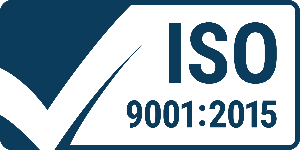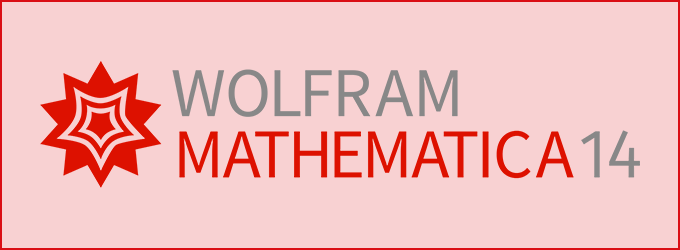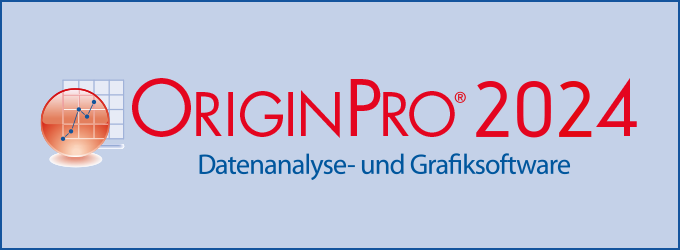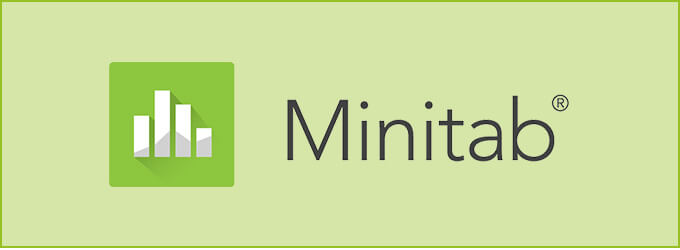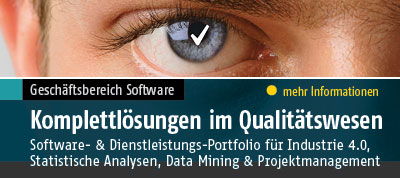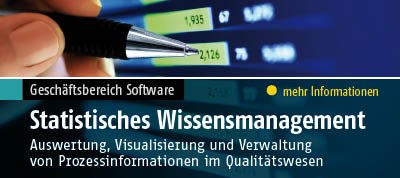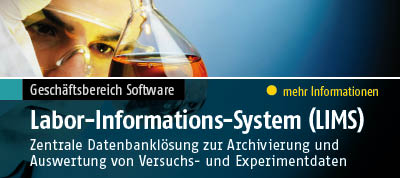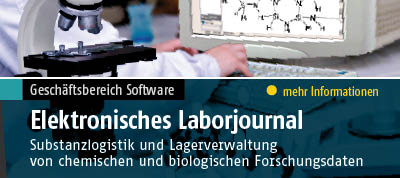Features of ChemDraw Professional
The following list contains the features of software products bundled with ChemDraw Professional.
(W) - Feature available on Windows only
ChemDraw Professional
Features of ChemDraw Professional
- ActiveX Edit in ChemDraw
Edit your document using your installed version of ChemDraw, rather than your ActiveX, providing greater screen real estate for editing, and also access to the full range of ChemDraw capabilities. - Arrows
Tool
Control every aspect of arrows drawn, including arc, length, headstyle, dipole, no-go and more. - BioDraw
Draw biological pathways with common pathway elements such as membranes, DNA, enzymes, receptors, and reaction arrows. tRNA, Ribosomes, Helix Proteins, Golgi Bodies, G-Proteins, Immunoglobins, Mitochondrion and more! - Biopolymer Toolbar
Draw peptides and nucleotide (DNA, RNA) sequences using 1- and 3- letter codes. Includes natural L-, unnatural D- and beta amino acids. Simply switch between 1- and 3- letter codes and expand and contract labels. Insert linking and protecting groups with simple type-ahead functionality. Use the bond tool to create disulfide and lactam bridges, and cyclic peptides. - Chain Tools
Draw both acyclic and snaking chains. - Chem3D HotLink
See what structures look like in 3D in a floating window and open Chem3D with a single click from within ChemDraw. - Chemical
File Format
Reading & writing of chemical file formats including skc, mol v3000, sdf, spectra & reactions. - Chemical Warnings
Mouse-over red box to read error description. - ChemNMR Solvent Selection
Users can now select whether they want the spectrum predicted in CDCl3 or DMSO. - ChemNMR User Proton
Shift Database
Users can add their own shift correction data for proton prediction which can supplement the existing data used by the ChemNMR algorithm. - ChemProp
(W) Advanced property parameter including BP, MP and more. - CLogP
CLogP/CMR provides the latest methodology for calculationg n-octanol/water partition coefficients and molar refractivity. - Custom Templates & Nicknames
Ability to create & edit templates & nicknames. - Database HotLink
Search Informatics databases for chemical structures in real time as you draw. - Expand
Generic Structure
Generate multiple structures from an "abbreviated" generic structure. - Floating Character Map
Add special characters from any font instantly to any ChemDraw document. - Floating Periodic Table
Element information available at all times with floating periodic table on the desktop. - Freehand
Drawing Tool
Use the mouse or other pointing device to draw freehand shapes using this intuitive drawing tool. - Gel Electrophoresis Plate Tool
Draw gel electrophoresis plates. This new tool is similar to TLC Plate Tool, and provides arbitrary rotation for lane labels, drag and position band labels, paste data from Excel or other sources, and copy and paste between lanes. - High Color Documents
and Templates
Documents can contain over 16 million colors. Create high color pathway and element templates. - ISIS-style
Data SGroups
Data can be attached to objects. - LabArt
Publication-quality EPS glassware art for use within your ChemDraw documents. - LogP
Calculate the logarithmic value of the n-octanol/water partition coefficient. - LogS
Calculate the logarithmic value of the aqueous solubility S of a compound. This value significantly affects its absorption and distribution characteristics. - Mass & Other Fragmentation Tools
Three fragmentation tools: Mass, Dissociation, & Retrosynthesis. - MS Office Integration
(W) ChemDraw offers full integration via OLE, so you can embed your drawings in any Office document. - Multi-Page Docs
Create multiple page documents and posters within a single ChemDraw file. - Name=Struct
Produce structures from systematic and common chemical structure names, and generate systematic IUPAC names from structures. Works for many types of compounds, including charged compounds and salts, isotopically labeled compounds, highly symmetric structures and many other types of organic, inorganic and organometallics. - Online Menu
(W) Draw a structure or model and immediately get online vendor information ChemACX.Com with the click of a button. - Paste Sequences
Paste sequences in FASTA format. Copy a text string describing a biopolymer as a series of single or multi letter residues, with valid separators (space, tab, dash), and paste it as a sequence with full chemistry. - pKa
Calculate the logarithmic value of the acid dissociation constant Ka, which is a quantitative measure of the strength of an acid in solution. - Plasmid Map Tool
Create a plasmid map entering the number of base pairs in the plasmid map and specifying ranges for regions and locations and labels for markers. - Polymer Draw
Represent and manipulate polymers in ChemDraw. - Properties HotLink
Chemical names, formulas, molecular weights, and other physical properties added to the document are "live", and will now update automatically as modifications are made to structural diagrams. - Relative Stereochemistry
Allows specification of relationships between groups of stereocenters smaller than an entire molecule. - Rotation about Arbitrary Centers
Change the center of rotation using adjustment handle on the Lasso and Marquee tools. Rotation will now be centered on the selected origin. - Search SciFinder
Draw molecules or reactions in ChemDraw and submit them as queries direct to SciFinder® without needing to cut and paste. Requires a separate license to SciFinder®. - Sequence Tool
Draw peptide or nucleotide sequences using using 1 and 3 letter codes. The atoms are labeled with amino acid or nucleotide nicknames. The sequences can be expanded and contracted. - Stereochemistry
Identifies stereocenters using Cahn-Ingold Prelog rules. - Stoichiometry
Grid
Automatically track and update stoichiometry data for any user-defined chemical reaction. - Structure CleanUp
Improves poor drawings. - Structure Perspective
Tool
Adjust the perspective of ChemDraw molecules with simple horizontal/vertical mouse movements. - TLC Plate Tool
Draw thin layer chromatography plates. Drag plate to size and drag spots to required positions. Shape and color spots and set or display Rf values. - tPSA
Topological Polar Surface Area (tPSA) provides a fast approximation of the molecular polar surface area, a useful parameter for prediction of drug transport properties, which has been show to correlate with human intestinal absorption and blood-brain barrier penetration.
ChemFinder Std.
Features of ChemFinder Standard
- ActiveX Control
Boxes
(W) Include third party ActiveX controls on your form. - Automatic Form Generation
(W) Automatically build or extend databases by importing structures from collections of structure files, databases, SDFiles, or other sources. - Chemical Searching
(W) Search for (sub)structure, similarity, numeric values, text, chemical formula (including element ranges, element exclusions), date. Support for tautomers and alt groups. - Multiple Data Views
(W) View records one at a time, in a table view or a multiform view. - Python
Scripting
Python scripts can be written to automate the application and can be attached to buttons on the form or to database trigger events. User the enhanced Script Editor to develop and debug -- now featuring interactive line-by-line execution -- and display output in a new dockable text window. - Scripting
(W) Python scripts can be written to automate the application and can be attached to buttons on the form or to database trigger events. User the enhanced Script Editor to develop and debug -- now featuring interactive line-by-line execution -- and display output in a new dockable text window. CAL is a simple programming language, accessible to non-programmers allows automation, self-running demos, custom operations; includes debugging features. - Standardized Handling of Implict Hydrogens
Conforms to industry standards. - Subforms
(W) Link relational data to your main table via subforms. - Tabbed Forms
(W) Partition a form into sections using tabbed form pages.
ChemDraw für Excel
Features of ChemDraw für Excel
- ChemDraw/Excel
(W) Use Excel to organize and analyze your chemical data. - Name>Struct/Excel
(W) Generate a ChemDraw structure in MS Excel by typing in systematic chemical names for most substances.
ChemDraw ActiveX/Plugin Pro
Features of ChemDraw ActiveX/Plugin Pro
- ActiveX Edit in ChemDraw
Edit your document using your installed version of ChemDraw, rather than your ActiveX, providing greater screen real estate for editing, and also access to the full range of ChemDraw capabilities. - Arrows Tool
Control every aspect of arrows drawn, including arc, length, headstyle, dipole, no-go and more. - Chemical File Format
Reading & writing of chemical file formats including skc, mol v3000, sdf, spectra & reactions. - Chemical Warnings
Mouse-over red box to read error description. - Custom Templates & Nicknames
Ability to create & edit templates & nicknames. - Expand Generic Structure
Generate multiple structures from an "abbreviated" generic structure. - Floating Character Map
Add special characters from any font instantly to any ChemDraw document. - Floating Periodic Table
Element information available at all times with floating periodic table on the desktop. - Freehand Drawing
Tool Use the mouse or other pointing device to draw freehand shapes using this intuitive drawing tool.
BioDraw, ChemNMR,Struct=Name & ChemScript
Features of BioDraw
- Biopolymer Toolbar
Draw peptides and nucleotide (DNA, RNA) sequences using 1- and 3- letter codes. Includes natural L-, unnatural D- and beta amino acids. Simply switch between 1- and 3- letter codes and expand and contract labels. Insert linking and protecting groups with simple type-ahead functionality. Use the bond tool to create disulfide and lactam bridges, and cyclic peptides. - Floating Character Map
Add special characters from any font instantly to any ChemDraw document. - Freehand
Drawing Tool
Use the mouse or other pointing device to draw freehand shapes using this intuitive drawing tool. - High Color Documents
and Templates
Documents can contain over 16 million colors. Create high color pathway and element templates. - MS Office Integration
(W) ChemDraw offers full integration via OLE, so you can embed your drawings in any Office document. - Plasmid Map Tool
Create a plasmid map entering the number of base pairs in the plasmid map and specifying ranges for regions and locations and labels for markers. - Polymer Draw
Represent and manipulate polymers in ChemDraw.
Features of ChemNMR
- ChemNMR
Predict Proton NMR spectra with splitting patterns. Also predict Carbon-13 NMR spectra. Spectra and peaks are linked to the structure for clear interpretation. Add your own shift correction data for proton prediction which can supplement the existing data used by the ChemNMR algorithm. - ChemNMR User Proton Shift Database
Users can add their own shift correction data for proton prediction which can supplement the existing data used by the ChemNMR algorithm.
Features of Struct=Name
- Name>Struct
Produce structures from systematic and common chemical structure names. It can be used for many types of compounds, including charged compounds and salts, highly symmetric structures and many other types of organic, inorganic and organometallics. - Struct>Name
Produce names for many more types of compounds, including charged compounds and salts, highly symmetric structures, many types of inorganic and organometallic compounds, and others.
Features of ChemScript
- ChemScriptPro
Apply chemical business rules to chemical objects by using customizable scripts



